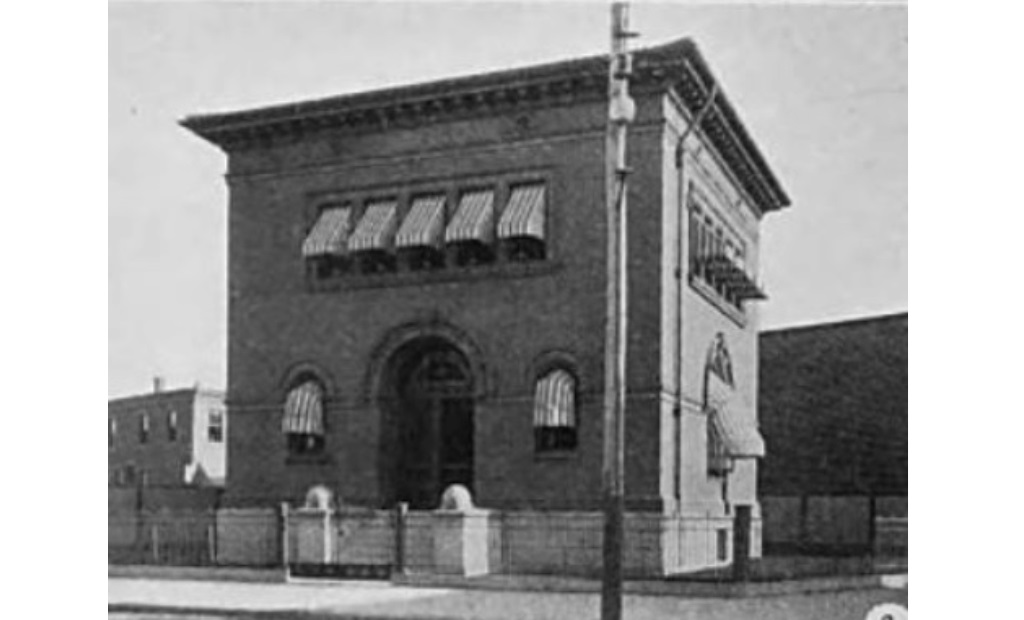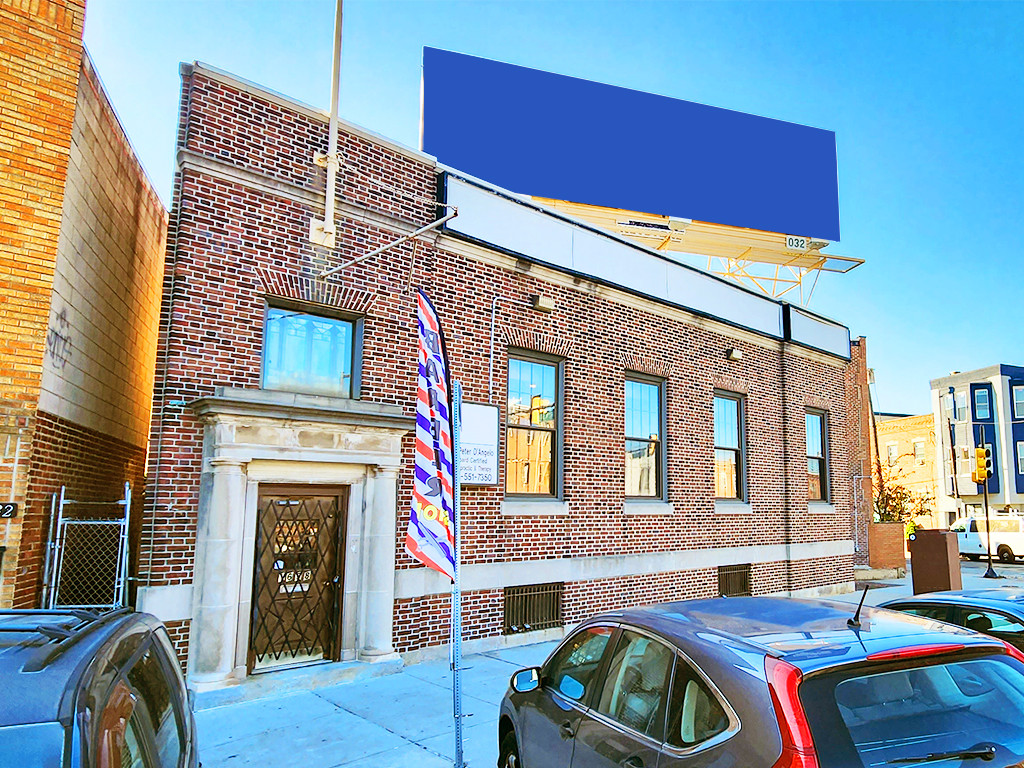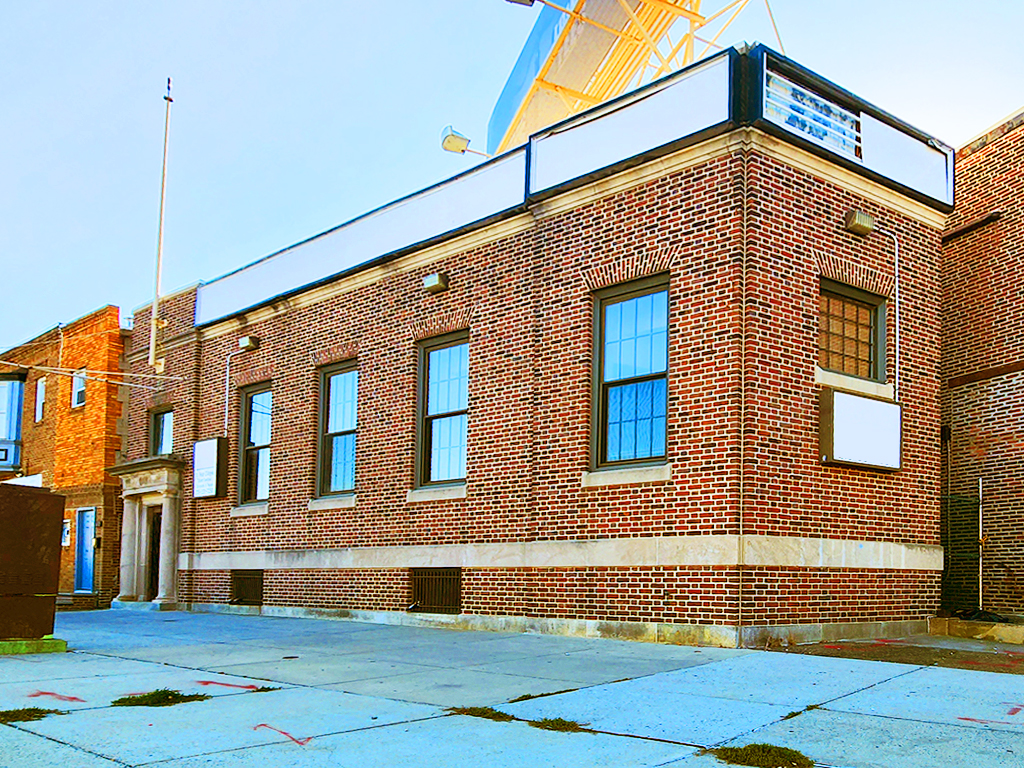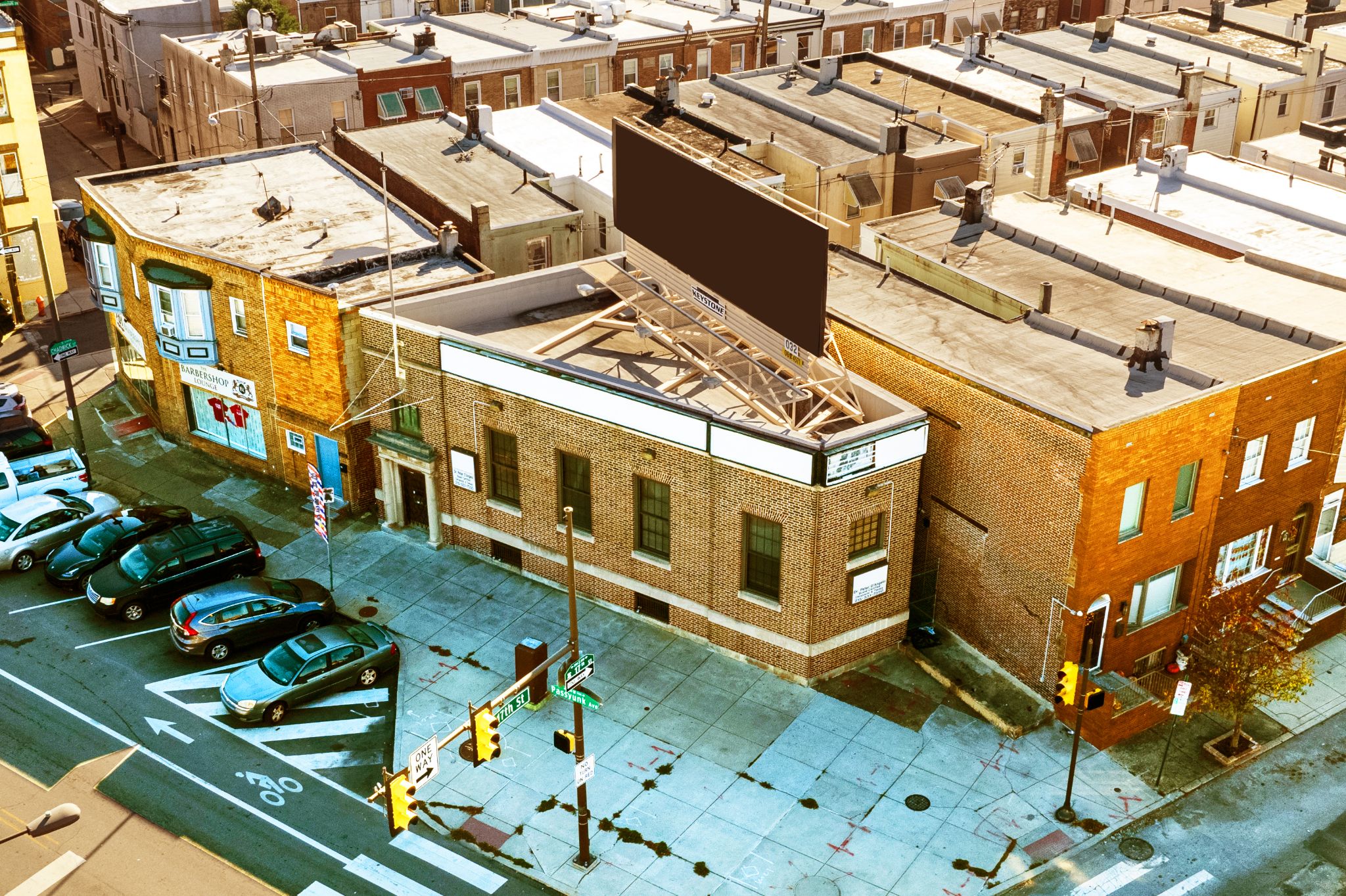In 1897, the United Gas Improvement Company was contracted by the City of Philadelphia to operate and manage the Philadelphia Gas Works under a long-term lease agreement.
Part of the agreement was that within one year, gas of a quality of no less than 22 candle power would be distributed across the city. To ensure the quality of the gas that was being delivered, two Gas Testing Stations would be established less than a mile from each manufacturing facility.
By 1899, two gas testing stations were built: one at Richmond and Ann Streets, and the other at the corner of 17th Street and Passyunk Avenue. An inspector from the city’s Bureau of Gas would take daily readings in the presence of a U.G.I. representative.

In 1926, City Council passed an ordinance changing the 20+ candle requirement to a heating value of between 530 and 560 thermal units. All of the equipment had to be upgraded from taking photometric readings to calorimetric readings. The testing stations now required hourly readings reported to the superintendents of the manufacturing plants by the Gas Testing Department. The readings were performed by 14 U.G.I. employees, three at a time working eight-hour shifts at each station, 24 hours a day, 7 days a week.
For Testing Station A on Passyunk Avenue, a major interruption to the constant testing came when the Philadelphia Traffic Survey Report in 1929 recommended the widening of West Passyunk Avenue to improve traffic flow (guess they didn’t know about Induced Traffic Demand back then). This led to the demolition of Testing Station A, and literally paved the road for its replacement, which would be built on the small, triangular lot that remained.
In 1931, contractor Fred A. Havens was contracted to build a new gas testing station on that irregular lot. They spared no expense on the facade- Flemish-bonded brick, brick jack arches over the windows, stone trim, and even a flagpole. The project cost $45,000 in 1931 dollars. That’s $868K in today’s dollars, by the way.


The new Testing Station A stayed in use into the mid 20th Century, outliving Testing Station B, which was obliterated by the path of I-95. In 1962, real estate broker Noel A. Smorto took possession of the property and moved his real estate brokerage and management company there. In 1964, he installed the large billboard that still stands on the roof of the property to advertise his office.

In 1973, real estate broker Frank Vacca purchased the property and it became his real estate office. That same year, he was elected State Representative and served one term. After he died in 1979, his son, Robert Vacca, took possession of the building and later leased the building to a video store. After Robert Vacca passed in 1992, he left the property to his cousin, Rita Centrone, and the building was converted to a doctor’s office, the same configuration it has today.
Since then, a series of doctor’s offices have occupied the building. In 2022, a new owner took over with the hopes of finding a new and exciting commercial tenant for the building. While still configured as a doctor’s office, the new ownership will participate in remodeling the building to accommodate a new tenant’s needs.
The building is 1,000 square feet above grade and has another 1,000 square feet of finished basement. Due to the streetscape improvements on West Passyunk Avenue several years ago, the building now features an ENORMOUS sidewalk that could be ideal for outdoor seating. It’s zoned CMX-2.5, which opens it up to a huge variety of uses.
It is currently being listed by the author of this article, Dennis Carlisle of OCF Realty Commercial.
You can find a link to the full listing HERE – what would you like to see in this building?

